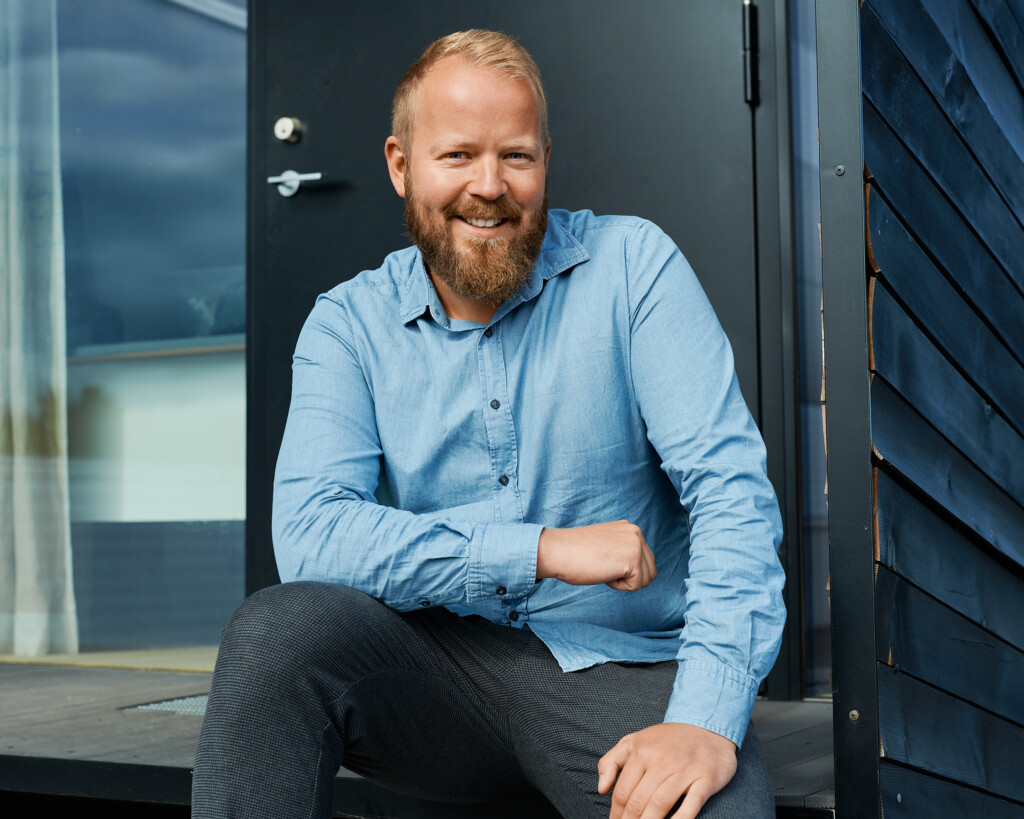Discover KODEA Single-Family Homes
Energy label
A / B
Roof slope
Flat / Sloped
Net Surface
50-150m²
Ceiling Height
2.8m
Turn-Key Solutions
KODEA has developed a product series that enables the provision of housing for various target groups and helps integrate living spaces according to changing needs throughout life.
KODEA private houses are cleverly modular, allowing for a variety of floor plan solutions while retaining the excellent features of the factory-built modular system. This provides the flexibility for individuals to choose the size and layout that best suits their preferences. In accordance with zoning regulations or personal preferences, one can choose between a flat roof or a pitched roof. Additionally, there are various options available for window and door sizes, as well as for the projection of sheltered areas. Thanks to extensive research and testing, KODEA modular homes come with a readiness level of over 85% upon leaving the factory. On the construction site, only the preparation of foundations, connecting the modules, and setting up utilities are required. Afterward, moving in is the only step left. The environmental impact is minimal, both in terms of materials used and the site preparation work.
Affordable
KODEA steel-framed modular house is affordable due to several key factors. Firstly, the efficient use of materials in the manufacturing process contributes to cost savings. The modular construction method allows for streamlined and standardized production, reducing both material waste and labor expenses.
Additionally, the modular approach enables economies of scale, as multiple units can be produced simultaneously in a controlled factory environment. This mass production helps to drive down overall costs, making the steel-framed modular house a more affordable housing option compared to traditional construction methods.
Overall, the combination of efficient material usage, the durability of steel framing, and the benefits of modular construction contribute to the affordability of this innovative housing solution.
Premium
KODEA steel-framed modular house is considered a premium product for several reasons. Firstly, the use of a steel frame enhances the structural integrity of the building, providing a robust and durable foundation. Steel is known for its strength and resistance to various environmental factors, ensuring the longevity of the modular house.
The modular construction process itself contributes to the premium status. Precision engineering in a controlled factory environment allows for high-quality construction with minimized errors and waste. The modules are produced with a high degree of accuracy, ensuring consistency and adherence to design specifications.
The premium nature of the modular steel-framed house is also reflected in its customization options. The design flexibility allows for tailored solutions to meet specific preferences and requirements, offering a level of personalization that may not be achievable with conventional construction.
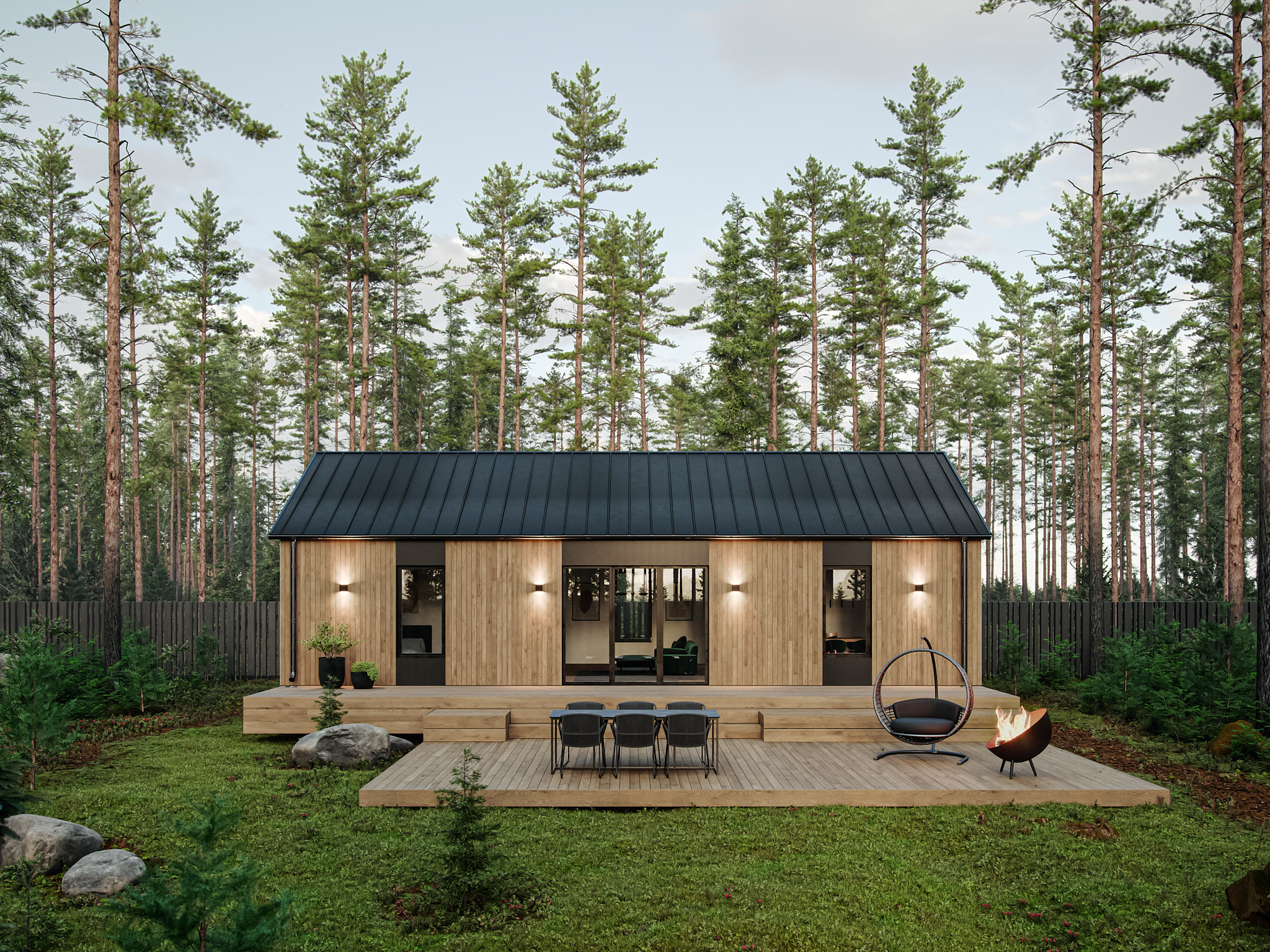

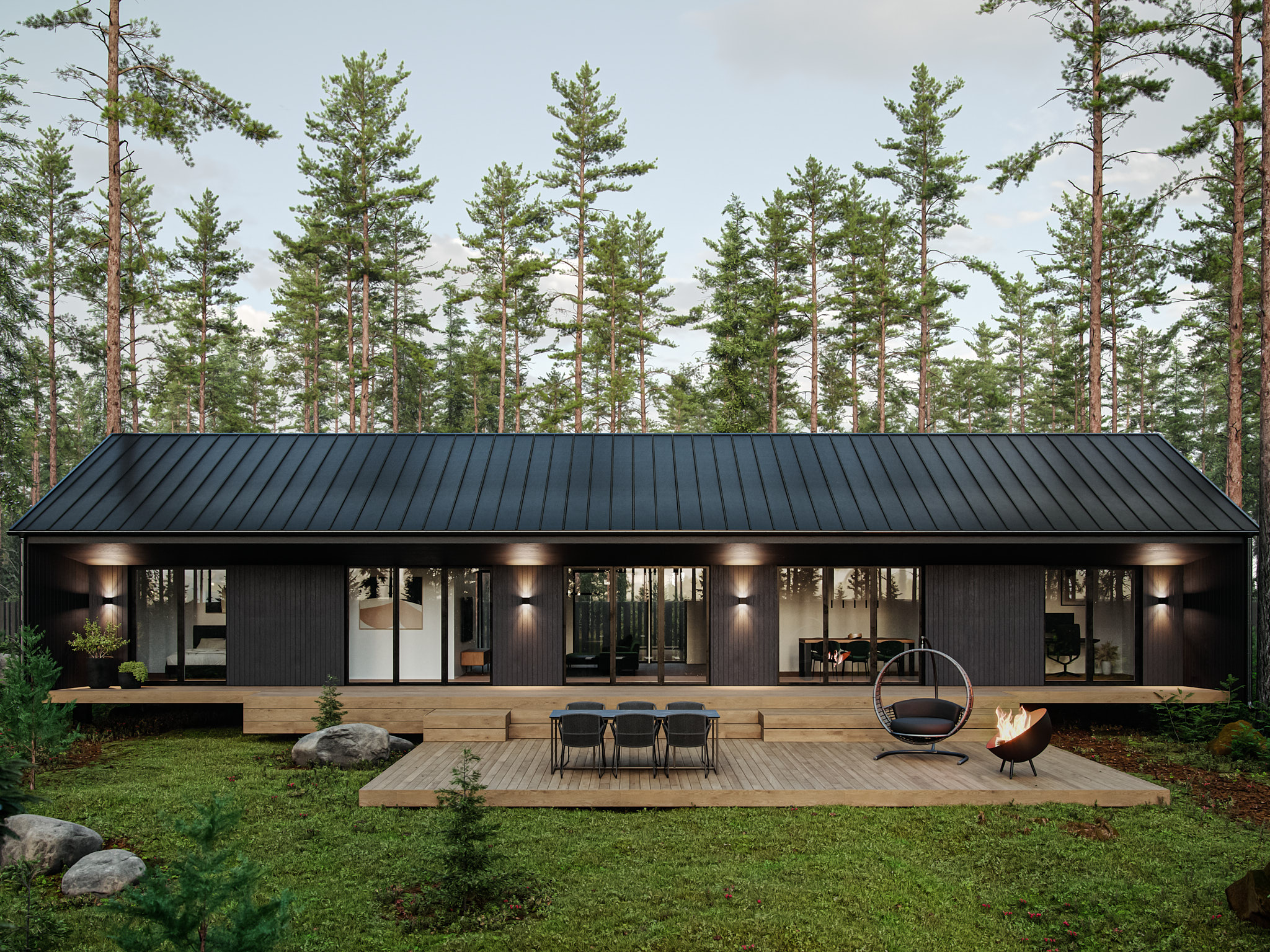
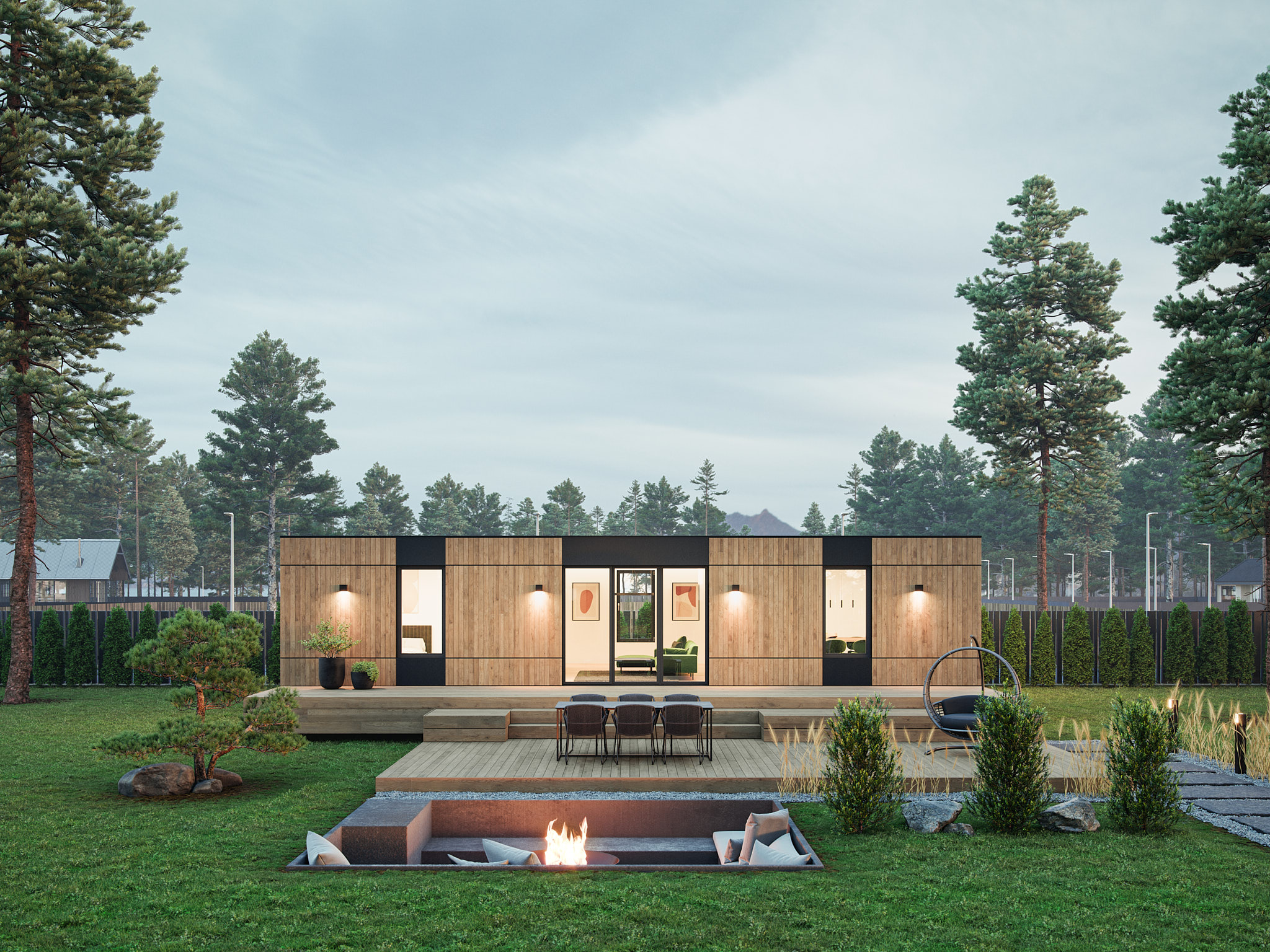

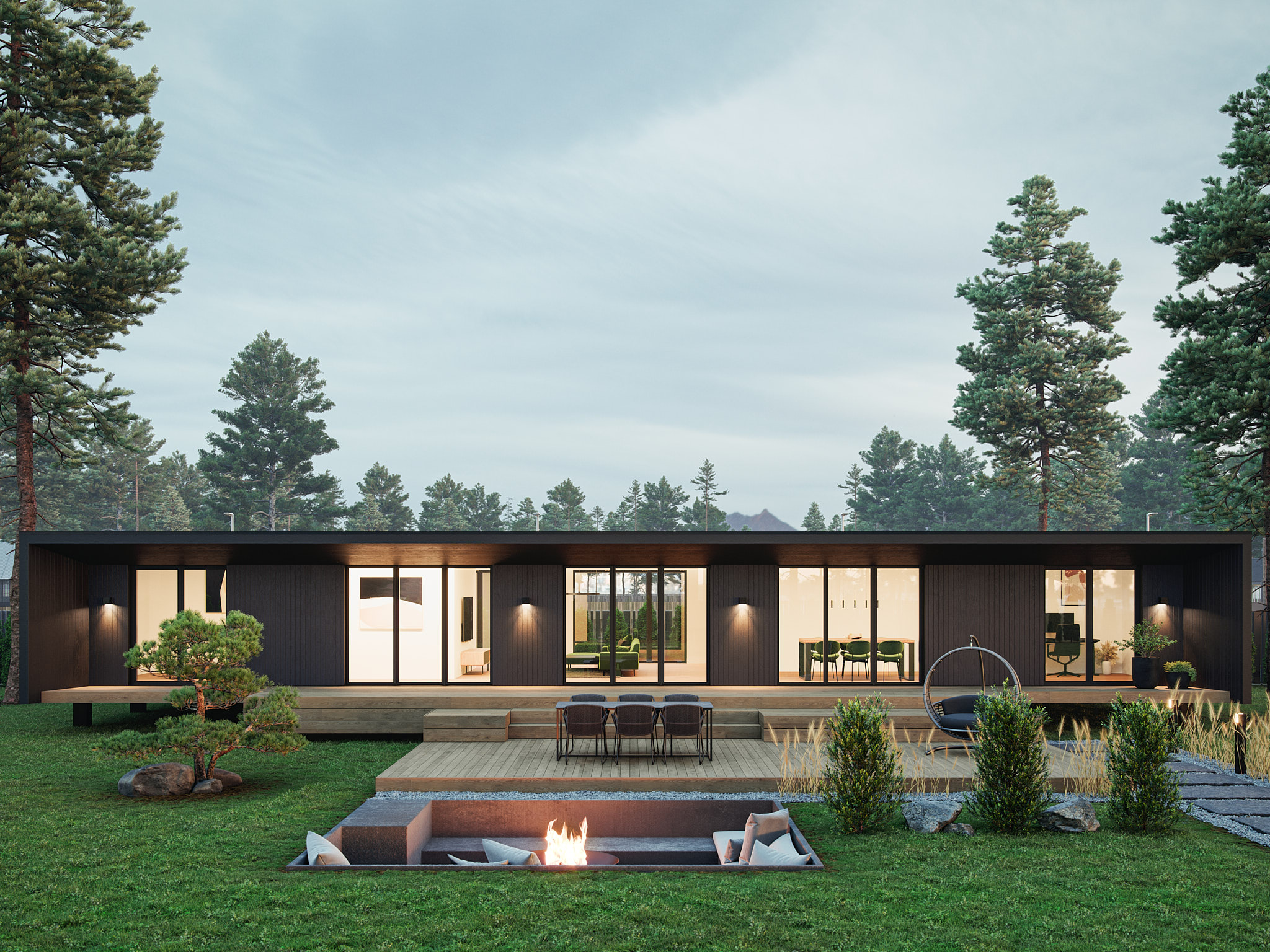
Interior
The interior of the steel-framed modular house is designed to offer a familiar and comfortable living space that closely resembles that of a traditional single-family home. Despite its steel frame, the interior aesthetic does not significantly differ from conventional houses. What sets it apart is the flexibility and freedom it provides in terms of interior layout within the given external dimensions.
The robust and rigid steel frame allows for spacious and open interiors, giving homeowners greater freedom in room arrangement and design. The absence of load-bearing walls in key areas allows for creative and adaptable floor plans. This flexibility becomes particularly advantageous within the predetermined external footprint, providing homeowners the ability to customize and optimize the use of space according to their preferences and lifestyle needs.
In essence, the steel-framed modular house seamlessly blends a traditional home’s interior warmth and familiarity with the added advantage of a strong and rigid steel frame, offering an enhanced level of freedom in spatial planning within the designated external parameters.

Tech Specs
KODEA 75
KODEA 100
KODEA 125
Square Meters
Square Footage
Electricity
Ventilation
Heating & Cooling
Hydronic underfloor heating system that uses water for heating, It is linked with air to water heat pump. Air to water heat pumps are devices that use outside air to heat or cool water for indoor use. One of the most energy efficient systems.
Solar energy
Thermal efficiency
Your KODEA Building Process, Step-by-Step
The future of sustainable and affordable housing is modular. Your KODEA modular house is built in a factory, with all room modules pre-fabricated and then assembled on-site. Here is how our process looks like.
Engage
Contact our team to analyze conditions of your property and the local building permit requirements. This ensures your land is properly zoned for our modular structures. At the end of this phase, we provide you with a Feasibility Report, outlining the critical components needed to move forward.
Design
Our Design Team will work with you to develop architectural plans, details and material selections best suited for your property, budget and goals. Production efficiencies are taken into account in the early stages of design so you can customize and we can standardize for mass-production.
Permitting
Once your contract is executed, engineering and permitting begins! We develop and oversee the documents required for submittal, and coordinate with local and state agencies to obtain necessary permits. Once completed, the production begins.
Installation
Once the foundation is ready we start installing the modules on site. We’ll button up the seams, install the appliances, and add the finishing touches to ensure the homes are move-in ready.
Fit and finish
When the finishing touches on your new Modular Home or Commercial buildings are completed, a detailed review and approval process is conducted. Your structure receives a Certificate of Occupancy from local building departments and our journey together is now complete!
Handover
Welcome home. We'll let you take it from here.
Frequently asked questions
Here are answers to some of the common questions about modular houses that clients ask.
Does KODEA help with obtaining a building permit?
Sure, we are happy to help you with the permit process from start to finish.
Is there a difference in the construction between modular houses and site-built houses?
Can KODEA modular houses be customized?
Does modular houses meet A energy class?
All KODEA modular homes can be upgraded to Class A energy efficiency if needed
What is the difference between modular houses and prefabricated element houses?
Get in touch with us
Get an estimate for your next project
Have questions about our steel-frame modular houses? Want to schedule a consultation or get a quote? Contact us using the form below or give us a call. We’d love to hear from you!
